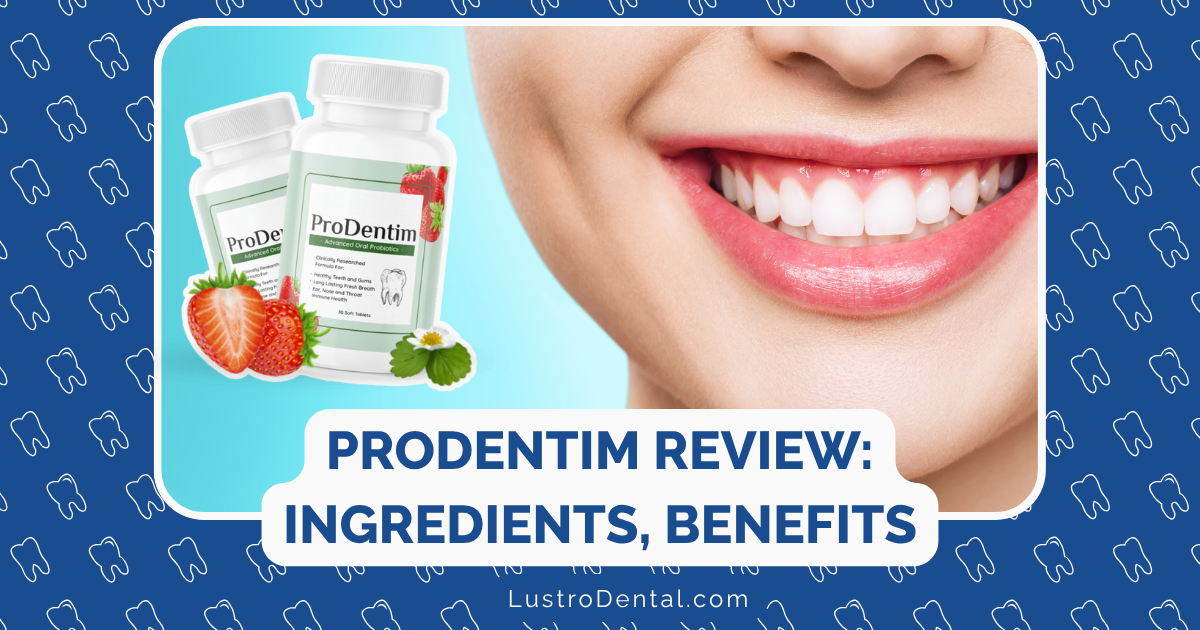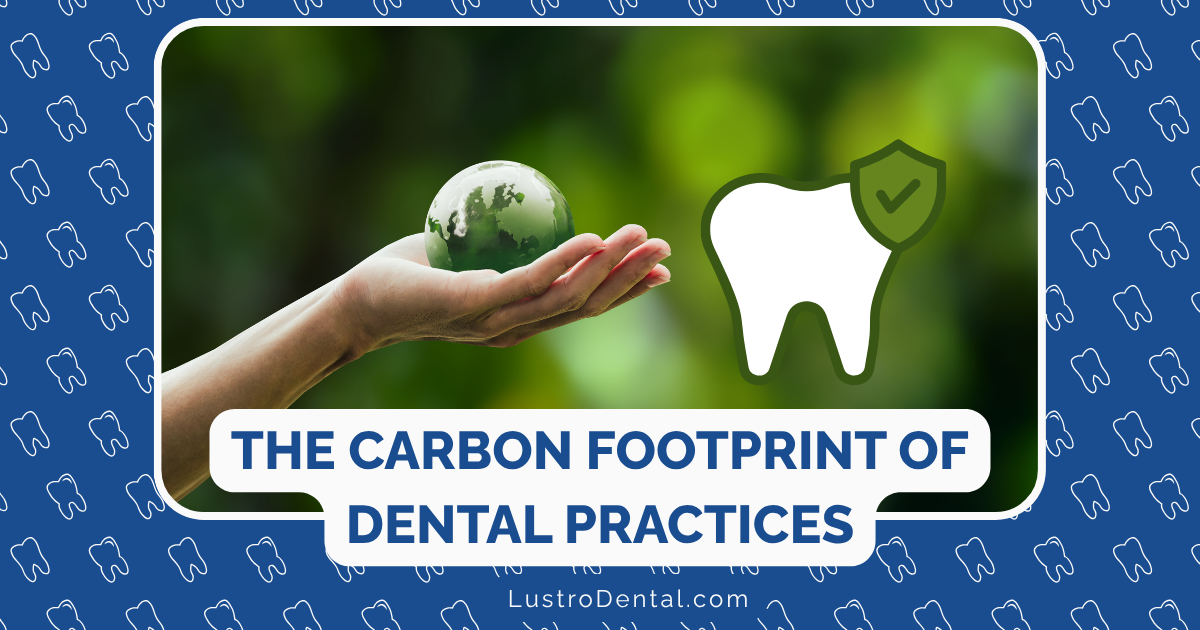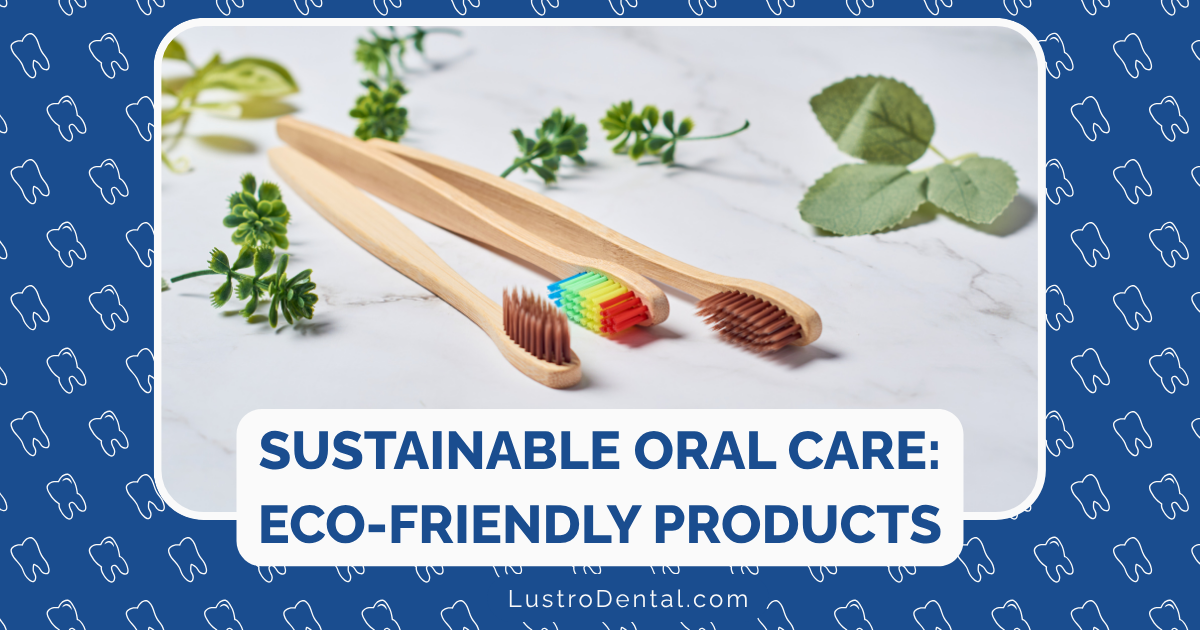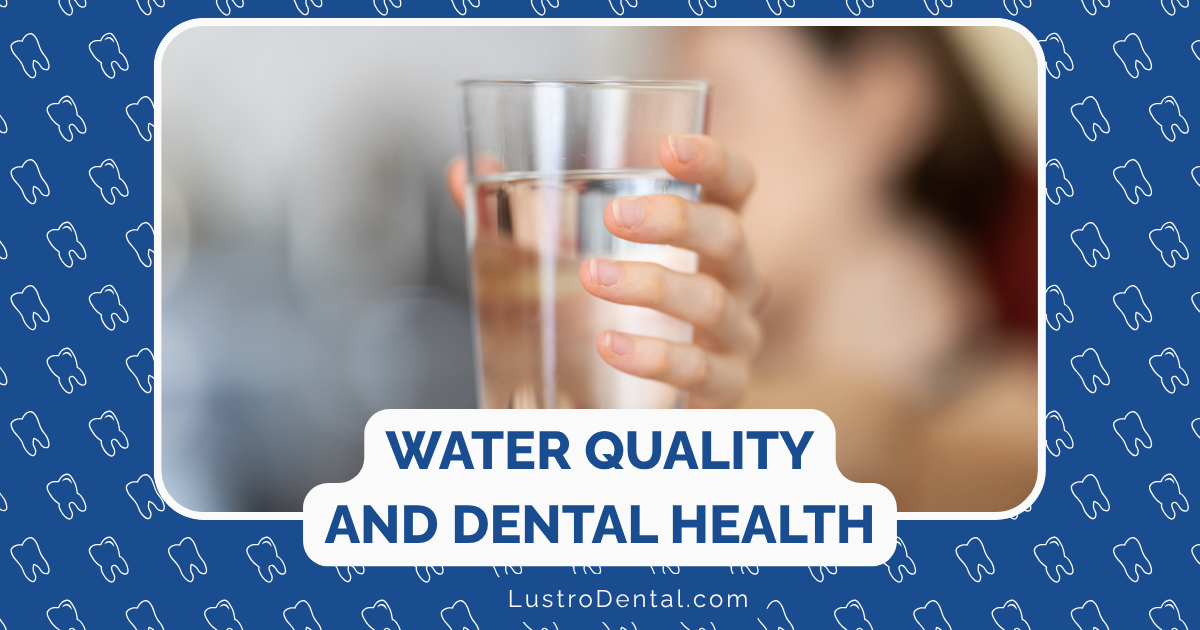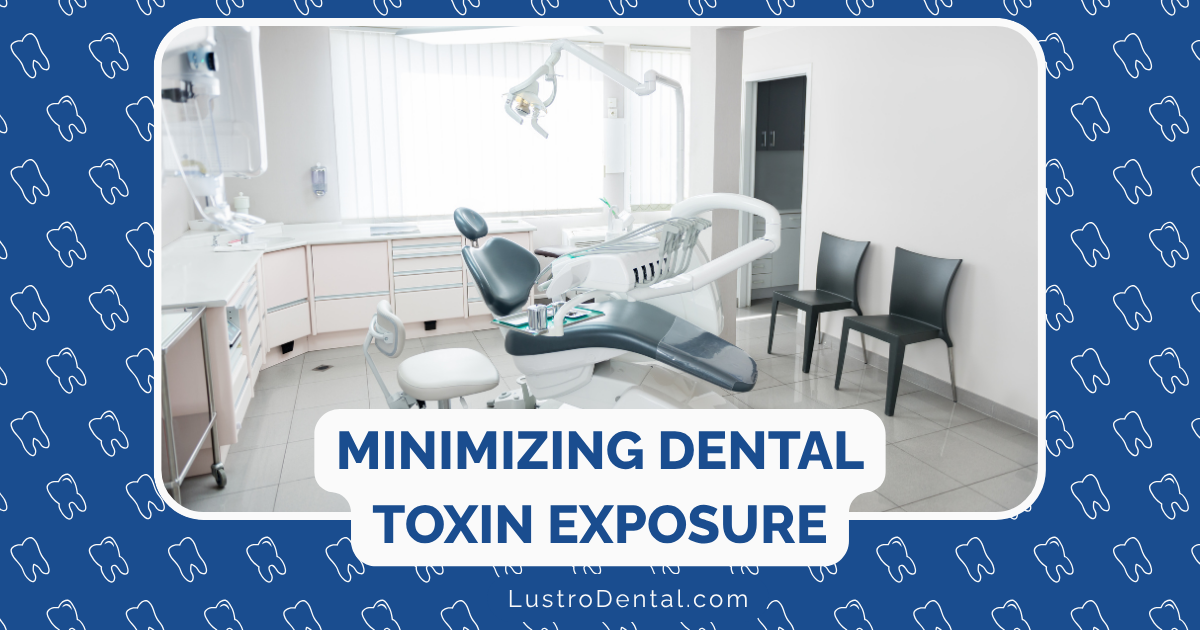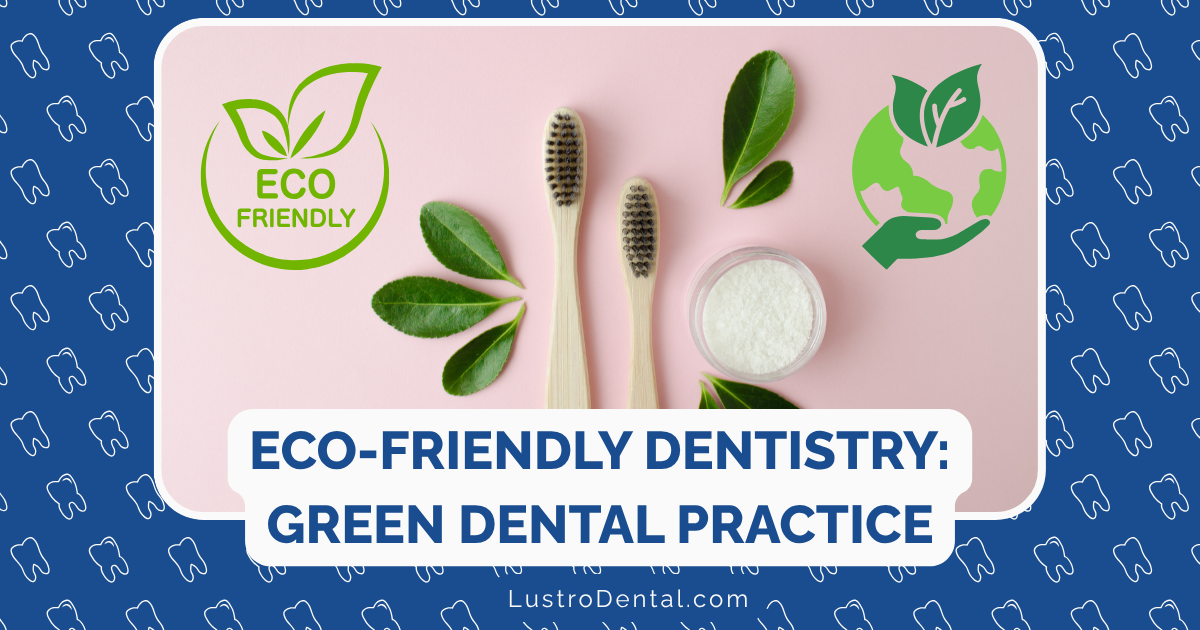Material Biocompatibility Testing: Is It Worth It for Dental Restorations?
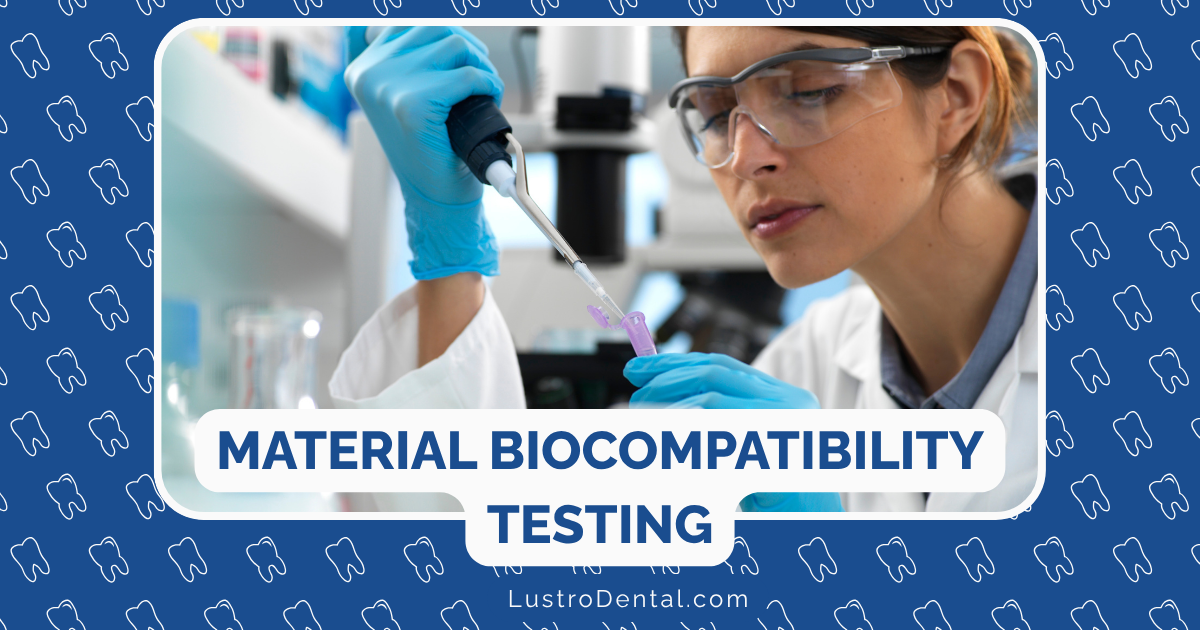
When you receive a dental restoration—whether it’s a filling, crown, bridge, or implant—you’re introducing foreign materials into your body that will remain there for years, possibly decades. With more than 500 million dental restorations placed annually worldwide and over 2,000 different dental materials used across 16,000+ branded products, the question of how these materials interact with your body becomes increasingly important.
Biocompatibility testing aims to assess how dental materials interact with human tissues and whether they might cause adverse reactions. But is this testing necessary for everyone? Is it worth the additional time and expense? This comprehensive guide explores the science, benefits, limitations, and practicalities of dental material biocompatibility testing to help you make an informed decision.
Understanding Biocompatibility in Dentistry
Before diving into testing methods, it’s essential to understand what biocompatibility means in the context of dental materials.
What Is Biocompatibility?
According to research published in Springer Link, the FDA defines biocompatibility as “the capacity of a device material to perform with an appropriate host response in a specific application.” In simpler terms, a biocompatible dental material should function in your mouth without causing harmful effects to your tissues or overall health.
Dr. Sarah Johnson, a prosthodontist specializing in biocompatible dentistry, explains: “Biocompatibility isn’t a yes-or-no property. It exists on a spectrum and depends on multiple factors including the specific material, its location in the mouth, how long it remains there, and the individual patient’s biology. What works perfectly for one person might cause problems for another.”
Why Biocompatibility Matters
The oral cavity presents one of the harshest biological environments for materials, as noted in Nature. Dental materials must withstand:
- Mechanical stress: Constant forces from chewing and grinding
- Chemical stress: Varying pH levels from foods, drinks, and bacterial activity
- Microbial challenges: Exposure to hundreds of bacterial species
- Temperature fluctuations: Hot and cold foods and beverages
- Long-term exposure: Many restorations remain in place for decades
If a material isn’t biocompatible for a specific patient, it can lead to:
- Local inflammation and irritation
- Allergic reactions
- Systemic immune responses
- Chronic inflammation
- Failed restorations
- Worsening of existing health conditions
Types of Biocompatibility Testing
Multiple approaches exist for testing the biocompatibility of dental materials, each with different applications, benefits, and limitations.
Laboratory (In Vitro) Testing
In vitro testing involves evaluating materials in laboratory conditions using cell cultures or tissue samples.
Common Methods:
- Cytotoxicity tests: Measure how materials affect cell viability
- Cell proliferation assays: Assess whether materials inhibit cell growth
- Genotoxicity tests: Determine if materials damage genetic material
- Enzyme activity tests: Evaluate effects on cellular processes
Advantages:
- Relatively inexpensive
- Quick results
- No patient involvement required
- Standardized protocols
Limitations:
- Cannot fully replicate the complex oral environment
- May not predict individual patient responses
- Limited correlation with clinical outcomes
Research published in PMC indicates that while 2D cell cultures have been the most commonly used methods for testing biocompatibility since the 1960s, they lack the three-dimensionality and environmental cues present in native tissues, which can compromise clinical relevance.
Animal (In Vivo) Testing
In vivo testing involves evaluating materials in living animal subjects.
Common Methods:
- Implantation tests in animal tissues
- Systemic toxicity evaluations
- Sensitization studies
Advantages:
- More closely mimics human physiological responses
- Evaluates longer-term effects
- Assesses systemic impacts
Limitations:
- Ethical concerns regarding animal testing
- High cost and time-intensive
- Species differences may limit applicability to humans
- Regulatory restrictions
According to Springer Link, in vivo tests are closer to clinical applications but are cost-intensive and require experimental animals, raising both ethical and practical concerns.
Clinical Testing
Clinical testing evaluates materials in actual human patients under controlled conditions.
Common Methods:
- Clinical trials with specific materials
- Post-market surveillance
- Case studies and reports
Advantages:
- Directly applicable to human patients
- Evaluates real-world performance
- Considers individual variations
Limitations:
- Expensive and time-consuming
- Ethical considerations for testing new materials
- Limited sample sizes
- Difficult to control all variables
Clinical tests are considered the gold standard for biocompatibility but are often focused on efficiency and longevity rather than biocompatibility itself.
Individual Patient Testing
Individual biocompatibility testing assesses how a specific patient might react to particular dental materials.
Common Methods:
- Serum biocompatibility tests: Evaluate how a patient’s blood serum reacts to various dental materials
- MELISA® (Memory Lymphocyte Immunostimulation Assay): Measures delayed hypersensitivity reactions to metals and other components
- ELISA® (Enzyme-Linked Immunosorbent Assay): Assesses immune reactions to specific materials
- Patch testing: Evaluates skin reactions to material components
According to Natural Dentistry Center, the Biocomp Labs Serum Biocompatibility test costs approximately $325 and evaluates sensitivities to over 9,500 individual dental materials, while the MELISA® test costs around $450 and assesses delayed immune reactions to over 25,000 trade-named dental and orthopedic materials.
Advances in Biocompatibility Testing
Recent scientific advances have improved the accuracy and relevance of biocompatibility testing:
3D Tissue Models
Traditional 2D cell cultures are being replaced by more sophisticated 3D models that better mimic natural tissues.
Research in PMC describes several advanced models:
- DentCytoTool: A tissue-engineered dentin/pulp analog designed to simulate the dentin-pulp complex
- Human 3D dental pulp organoids: Lab-grown structures that mimic natural dental pulp
- Tooth-on-a-chip: The first organ-on-a-chip designed to emulate the dentin-pulp interface
These advanced models provide more accurate representations of tissue interactions and biocompatibility testing than traditional methods.
Computational (In Silico) Testing
Computer modeling and artificial intelligence are increasingly used to predict how materials will interact with biological systems.
Advantages:
- No biological samples required
- Rapid screening of multiple materials
- Reduced cost compared to laboratory testing
- Can model long-term effects
Limitations:
- Requires validation with biological testing
- Depends on quality of existing data
- Cannot account for all individual variations
Who Should Consider Biocompatibility Testing?
While biocompatibility testing offers potential benefits, it may not be necessary or practical for everyone. Here’s who might benefit most:
High-Priority Candidates
According to Natural Dentistry Center, biocompatibility testing is especially recommended for patients with:
- Existing allergies: Particularly to metals or dental materials
- Autoimmune conditions: Such as multiple sclerosis, rheumatoid arthritis, or lupus
- Weakened immune systems: Due to illness or medication
- History of adverse reactions: To previous dental work
- Multiple chemical sensitivities: Reactions to various chemicals and substances
- Chronic inflammatory conditions: Including chronic fatigue syndrome or fibromyalgia
- Planned extensive dental work: Multiple restorations or full-mouth rehabilitation
Dr. Michael Chen, a biological dentist who regularly recommends biocompatibility testing, explains: “For most healthy individuals without specific risk factors, standard biocompatible materials chosen by a knowledgeable dentist are usually sufficient. However, for patients with complex health histories or sensitivity concerns, individualized testing can be invaluable in preventing complications and ensuring the best outcomes.”
Common Allergens in Dental Materials
The most frequent metal allergens in dental materials include:
- Nickel (found in many alloys)
- Gold
- Palladium
- Mercury compounds (in amalgam fillings)
- Cobalt
- Chromium
Additionally, approximately 1-3% of the population may have allergies to titanium dental implants, which are often considered highly biocompatible.
Beyond metals, other potential allergens include:
- Methacrylate monomers (in composite fillings and bonding agents)
- Benzoyl peroxide (a catalyst in many dental materials)
- Eugenol (in some temporary cements)
- Colophony (in some dental adhesives)
Benefits vs. Costs: Is It Worth It?
When considering biocompatibility testing, it’s important to weigh the potential benefits against the costs and limitations.
Potential Benefits
- Personalized material selection: Identifying materials that are most compatible with your individual biology
- Reduced risk of complications: Avoiding materials that might cause adverse reactions
- Improved restoration longevity: Materials that integrate better with your tissues may last longer
- Peace of mind: Knowing that your dental materials have been specifically tested for your body
- Potential health improvements: For sensitive individuals, removing incompatible materials and replacing them with compatible ones may reduce systemic inflammation and improve overall health
Costs and Limitations
- Financial cost: Individual biocompatibility tests range from approximately $325 to $450, which is typically not covered by insurance
- Time investment: Testing adds an additional step to the treatment process
- Limited predictive value: No test can guarantee with 100% certainty how materials will perform in your body over decades
- Restricted material options: Testing may limit the materials available for your treatment, potentially affecting aesthetics or durability
- Finding a provider: Not all dentists are familiar with or offer biocompatibility testing
Cost-Effectiveness Analysis
From a purely economic perspective, is biocompatibility testing worth it?
Consider these factors:
- Cost of failed restorations: If incompatible materials lead to inflammation or failure, the cost of replacement can far exceed the initial testing cost
- Health impact: For sensitive individuals, the health consequences of incompatible materials may include medical expenses beyond dental care
- Longevity benefit: If more compatible materials last longer, fewer replacements may be needed over a lifetime
Dr. Lisa Rodriguez, a restorative dentist who selectively recommends biocompatibility testing, offers this perspective: “For patients without specific risk factors, the cost-benefit analysis often doesn’t favor individual testing. However, for those with known sensitivities or complex health issues, the testing cost can be a wise investment compared to the potential consequences of using incompatible materials.”
Patient Experiences: Real-World Perspectives
To provide a balanced view, here are experiences from patients who have undergone biocompatibility testing:
James’s Story: Worth the Investment
James, 52, with multiple autoimmune conditions, shares: “After years of unexplained health issues that seemed to worsen after extensive dental work, I decided to invest in biocompatibility testing. The results showed strong reactions to several metals in my existing crowns. After having them replaced with more compatible materials, my chronic inflammation markers decreased significantly, and many of my symptoms improved. For me, the testing was absolutely worth the cost.”
Sarah’s Story: Unnecessary Expense
Sarah, 35, with no health issues, had a different experience: “My holistic dentist strongly recommended biocompatibility testing before placing two crowns. I spent nearly $400 on testing that showed I had no significant sensitivities to any of the standard materials. In retrospect, I could have saved that money and just gone with the materials my dentist typically uses.”
A Balanced Approach: Recommendations
Based on the available evidence and expert opinions, here’s a balanced approach to considering biocompatibility testing:
For Patients
- Assess your risk factors: Consider your health history, known allergies, and previous reactions to dental work
- Discuss with your dentist: Ask about their experience with biocompatibility issues and testing
- Consider the extent of treatment: More extensive work involving multiple materials may warrant more consideration of testing
- Evaluate cost vs. benefit: Based on your specific situation, determine if the potential benefits justify the cost
- Research material options: Even without individual testing, you can request materials with better general biocompatibility records
For Dental Professionals
- Take thorough health histories: Identify patients who might benefit most from biocompatibility testing
- Stay informed: Keep up with advances in dental materials and biocompatibility research
- Offer options: Present patients with information about testing without pressure
- Default to safer materials: For all patients, choose materials with established safety records
- Monitor outcomes: Track patient responses to different materials to inform future recommendations
The Future of Biocompatibility in Dentistry
The dental materials market is projected to reach 2 billion USD by 2026, according to PMC, indicating continued growth and innovation in this field. Several emerging trends will likely shape the future of biocompatibility testing:
Improved Testing Methods
- More sophisticated 3D tissue models that better mimic the oral environment
- Advanced imaging techniques to visualize material-tissue interactions in real-time
- Personalized genetic testing to identify individual susceptibilities
Better Materials
- Development of new biocompatible materials with improved properties
- Reduction of potentially allergenic components in dental materials
- Materials designed to actively promote tissue health rather than merely avoiding harm
Increased Accessibility
- More affordable testing options
- Greater insurance coverage for biocompatibility testing
- Simplified testing methods that can be performed in dental offices
Conclusion: Making an Informed Decision
Material biocompatibility testing for dental restorations offers clear benefits for certain patients, particularly those with existing health conditions, allergies, or sensitivities. For others, the additional cost and time may not be justified by the potential benefits.
The most important takeaway is that biocompatibility is not a one-size-fits-all consideration. The decision to pursue testing should be based on your individual health profile, treatment needs, and personal preferences.
By understanding the science behind biocompatibility, the available testing options, and the potential benefits and limitations, you can have an informed conversation with your dental provider about whether material biocompatibility testing is worth it for your specific situation.
Remember that even without individual testing, working with a knowledgeable dentist who prioritizes biocompatibility in their material selections can significantly reduce your risk of adverse reactions and contribute to successful, long-lasting dental restorations.
Have you had experience with dental material biocompatibility testing? Was it worth it for you? Share your thoughts in the comments below!


